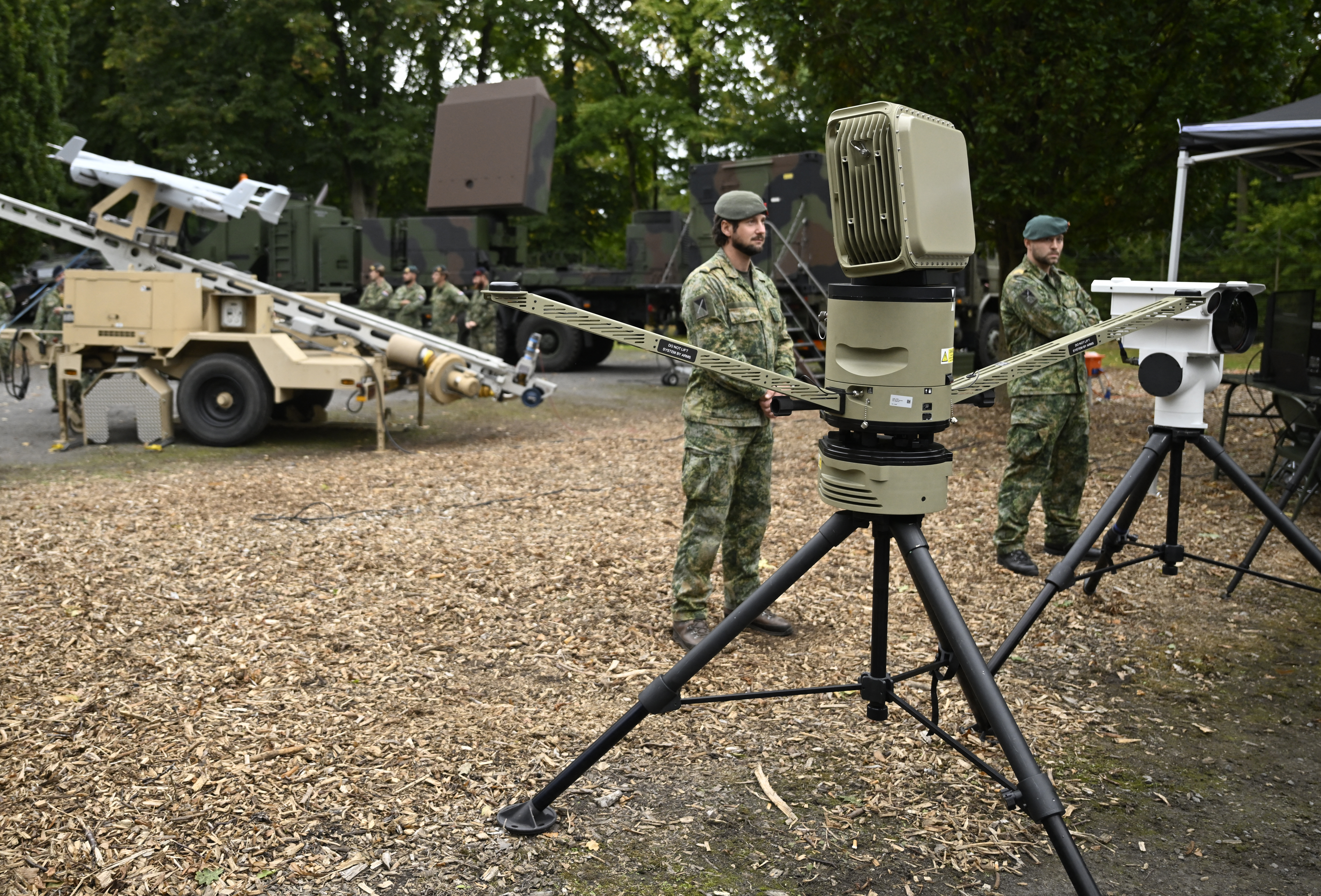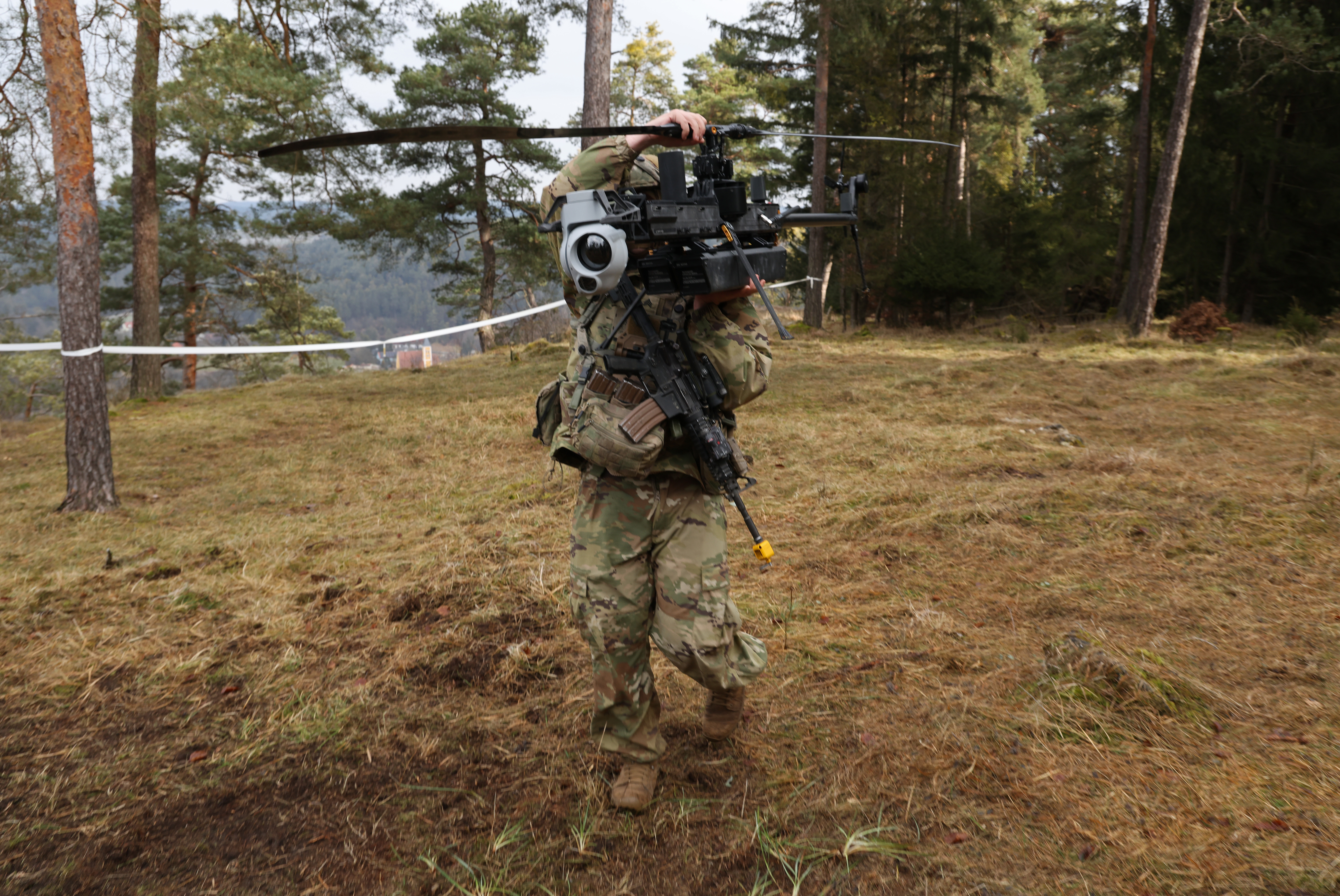
A new Pentagon effort to reduce permanent-change-of-station (PCS) moves could reduce stress for military families and save money, but it may require rethinking military career advancement to be effective, according to military personnel policy experts.
“I think for the individual family perspective, this is a bit of a relief,” Katherine Kuzminski, director of studies at the Center for a New American Security and a military spouse herself, told Air & Space Forces Magazine. “But for the service member, there may be some questions of, ‘Hey is this going to somehow slow down my career trajectory if it’s not applied evenly?’”
Stuart Pettis, a retired Air Force colonel with 14 major moves under his belt who now directs aerospace education programs at the Air & Space Forces Association, made a similar point.
“The more times you PCS, the more stress it puts on the family, and that’s tough,” he said. “It briefs well, but the devil’s in the details.”
In a memo released May 28, the acting under secretary of defense for personnel and readiness, Jay Hurst, gave the services four months to develop plans to reduce their budgets for “discretionary” PCS moves by 50 percent by fiscal year 2030 compared to the fiscal 2026 budget.
The Pentagon spends about $5 billion total moving service members and their families every year. About 80 percent of PCS moves are discretionary, while 20 percent are mandatory, more critical moves, the acting deputy undersecretary of defense for personnel and readiness Tim Dill told reporters May 28.
The Pentagon has not offered a precise definition of discretionary compared to mandatory moves or explained how it arrived at its figures.
Discretionary moves include ones for education to advance one’s career or move up the ranks, Dill said, while mandatory moves might be to fill a gap in a critical mission. Travel for training exercises is a separate matter not included in the analysis.
The goal will be to reduce the discretionary portion of the budget by 10 percent in fiscal 2027, 30 percent in fiscal 2028, 40 percent in fiscal 2029, and 50 percent in fiscal 2030, preferably by reducing the frequency of moves.
The services are also expected to propose modifications to officer and non-commissioned officer career development models that would let them stay in one place for longer and specialize in one skill, and what authorities would be needed to promote those people.
Hurst’s memo comes amid widespread angst about PCS moves. The biennial Active-duty Spouse Survey released this month found record rates of spouses (32 percent) want to leave the military, with a large number of them frustrated by the difficulty of finding employment, child care, and reimbursement for moving costs after a move.
“When families are unhappy, retention suffers, and ultimately, so does readiness on a national level,” advocates at the National Military Families Association wrote at the time.
The Pentagon took notice: Hurst wrote in his memo: “It’s clear that it’s time for the department to look at reducing the frequency of those moves, especially if we want to maintain the momentum that we have today, both in recruiting and the retention of our service members.”
Other groups are asking the same question: a recent shortfall in Air Force PCS funding had experts raising familiar questions about whether the time- and resource-heavy process of moving families every two or so years is really necessary.
“Why does the Air Force move people at the pace it does, and how can we help them think about the order-of-magnitude savings from policy changes that might slow that down?” RAND senior operations researcher and Air Force veteran Lisa Harrington said earlier this month.
Kuzminski said the roots of the PCS system go back to the Cold War, where defense officials sought to rotate families out of overseas assignments so that they would not be stationed there for their entire careers.
“There was a perception that it was unfair to leave them overseas for more than two to three years,” she explained, “which led to an entire system that cycled the whole force.”
Decades later, service members often move to new locations whenever they take on new levels of responsibility such as command or command chief positions. Military promotion boards also tend to reward candidates whose records reflect a range of experience across multiple locations and units.
“At a certain point, officer and enlisted, you have to move for opportunities such as leadership positions and developmental education while backfilling those Airmen and Guardians, so you still have to have some shorter assignments,” said Pettis, who served as career field manager for space operators in the Air Force and Space Force.
While there are key developmental opportunities for career tracks and specialties, Kuzminski questioned whether they must always be achieved at new locations.
“The thought was, ‘well, you have to move from one installation to another in order to check all of those key developmental milestones,’” she said. “But at the same time, someone at another installation is coming to your installation to get their key developmental opportunity. People are trading spaces, but why couldn’t you just go from one unit to another at the same installation?’”
There are trade-offs to every policy: while moving is stressful, Pettis pointed out that life events, such as a sick family member, or location preference, such as avoiding cold weather bases, sometimes makes regular PCS moves a good thing.
“The Air Force tried an all-volunteer assignment system in the 1990s, it didn’t work because of human nature … certain locations such as Europe and Florida were highly desired while assignments in the Northern Tier weren’t,” he said. “Whatever the services do, they need to ensure we ‘reward’ those Airmen and Guardians that take less desirable assignments.”
Hurst’s memo seems to direct the services to explore the question: how many moves are essential to meet the needs of the service, and how many are not?
“What we’re directing the departments to do is purely to examine potential reductions in things that would be defined as discretionary,” Dill said. “So if they see that as mandatory for mission need, we’re not even asking them to come back with a plan to reduce it.”
In other words, “If we all just sat in place for a minute: where do we need more airframe maintainers, where do we need more intel? Then you could have a clear accounting of where the requirements are,” Kuzminski said. “This is part of the value of having the secretary of defense thinking about this, because none of the services have an incentive to say that any of their billets are not critical.”
Should the policy change, promotion culture will have to keep pace.
“The challenge is if it’s for some job specialties and not others, that’s where the disparities could set in,” Kuzminski said.
Indeed, the memo also directs the services to propose modifications to the officer and noncomissioned officer career development models “to prioritize geographic stability and permit some officers and NCOs to specialize in lieu of gaining generalized experience across a range of functions.” The memo also asked for possible promotion authorities needed to retain “uniquely skilled individuals” in place for longer stretches.
Some services are already exploring changes to the PCS system. Earlier this month, Marine Corps Commandant Gen. Eric Smith said he believes Marines who want to stick with their current assignments should have the choice to do so.
“That’s what we do as Marines: We move every three years,” Smith said. “Why? Because that’s what we do. Well, why? Because that’s what we do. Well, why? I mean, it doesn’t make any sense to me.”
Dill said preexisting plans by the services to reform PCS could “nest very well” with the Pentagon’s effort.
The post Fewer PCS Moves Could Reduce Stress, But ‘Devil’s in the Details,’ Experts Say appeared first on Air & Space Forces Magazine.

Personnel, careers, military families, military spouses, PCS, Pentagon, personnel
Air & Space Forces Magazine
[crypto-donation-box type=”tabular” show-coin=”all”]












